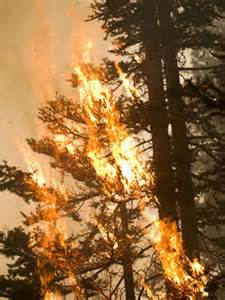How did we get to the point where a rainforest in one of the wettest parts of the contiguous United States is able to catch fire?


How did we get to the point where a rainforest in one of the wettest parts of the contiguous United States is able to catch fire?

We can learn a lot by going back in time, but scientific methods for looking at the past can take, well, a lot of time. Ancient ash, pollen and chemical changes in ocean sediment cores give us glimpses into a long-gone world, but they also provide clues to our future. And yet, analyzing these cores takes weeks, if not months — until now.

By equipping underwater gliders with acoustic sensors and computer software, Oregon State oceanographers are teaching the autonomous vehicles to identify biological hot spots in the oceans.

At last winter’s Abu Dhabi Solar Challenge, residents of the Persian Gulf emirate would pull alongside competitors on the highway, lean out and take photos of the solar-powered vehicles. Solar cars are as much a novelty there as in the United States, says John Ren, a member of the solar car team at Oregon State University, which took part in the 1,250-kilometer race.

Through the science of geomagnetics, an Oregon State University senior from Beaverton is peering into the structure of the Earth’s crust with an eye on how the continent is put together and what that might mean for our future.

English professor Raymond Malewitz will take you on an intellectual romp that careens from crime-scene forensics to IKEA hackers, from the Sokal hoax to mad-cow disease, from “salvagepunks” to the Adventures of Tintin.